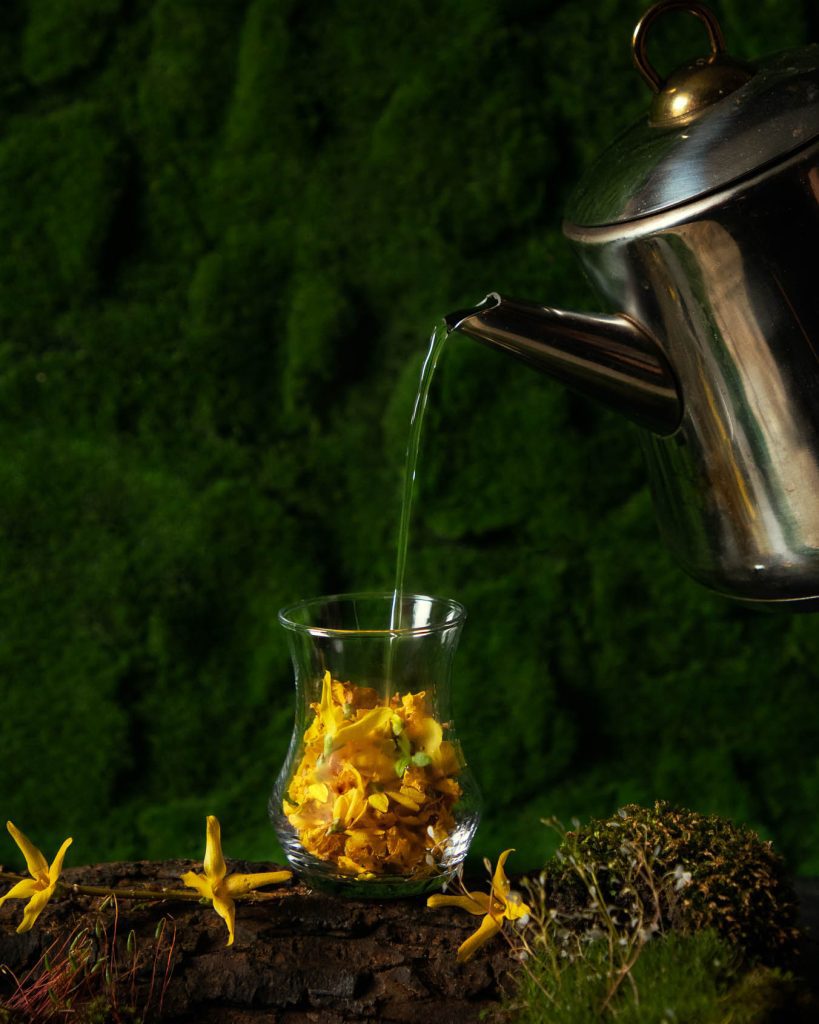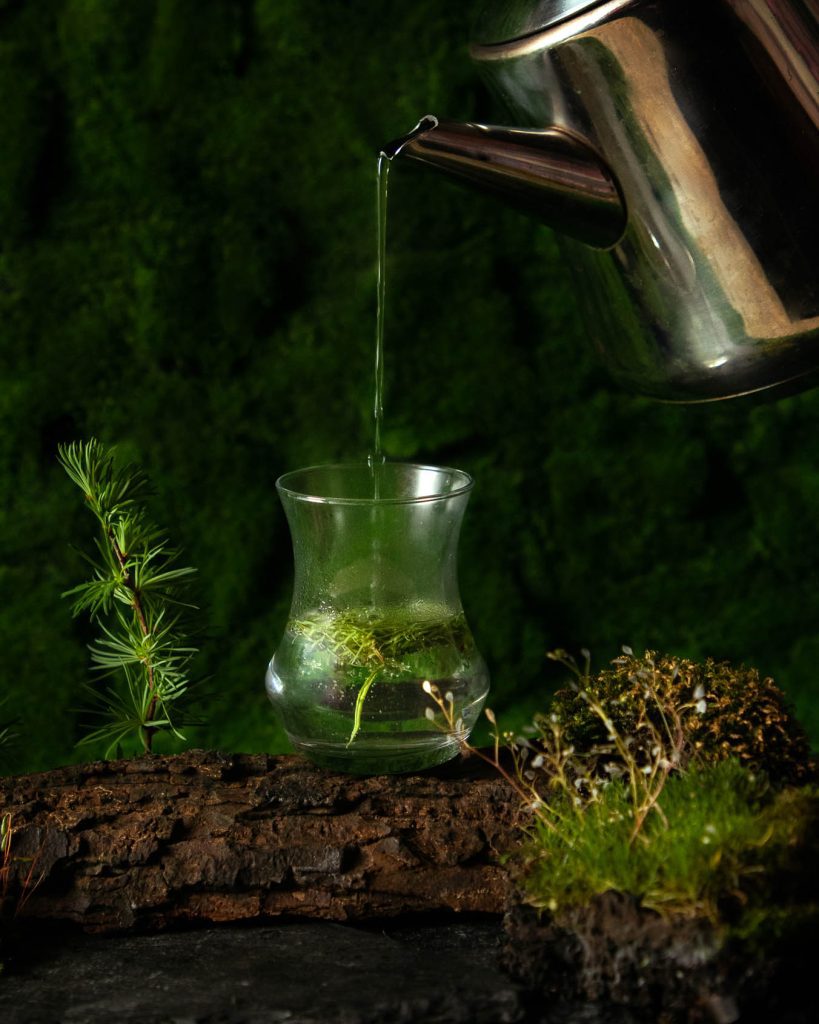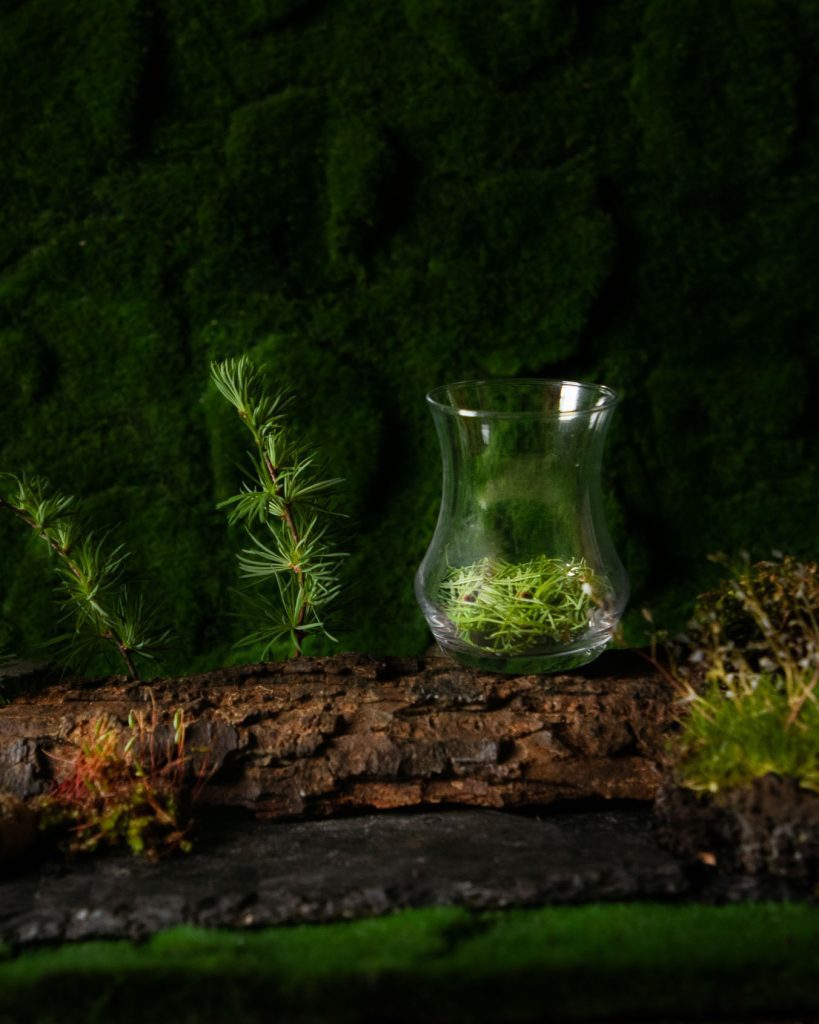

14 Apr ART 723-Photos to my project-inspiration cards-early spring-immune boosting spring teas
forsythia fortifying tea
Forsythia
Forsythias are well-known shrubs that bear yellow flowers in early spring. One of the most valuable substances contained in forsythia flowers is rutin. It improves, among others, the tightness of blood vessels. It also has an antioxidant effect and prevents the formation of some free radicals. In addition, it prolongs the action of vitamin C.
Forsythia flowers contain a large dose of rutin. The beneficial effects of forsythia flowers are also influenced by other substances that are present in them, including: quercetin with anti-allergic and anti-inflammatory properties; anthocyanins with quite versatile properties, or phenolic acids with antioxidant properties. Vitamin C is also found in forsythia flowers.
Forsythia flowers, both fresh and dried, are primarily used to make an infusion. Flowers are poured with water at a temperature of about 80ºC and brewed for several minutes. Then it is strained and drunk (about a glass a day). Forsythia infusion can be treated as a strengthening tea, drunk from time to time, but due to the properties of flowers it is recommended especially during the cold season. You can also add lemon or other fruits rich in vitamin C to it. In this way, we will make the best use of its strengthening benefits. You can also sweeten it with honey (we always add honey after the infusion has cooled down).






tea from young larch needles
Larch needles are most often used in folk medicine. It is used to prepare infusions and teas, decoctions and strong tinctures. Water infusion is prepared from needles and young buds of larch. The place where you will find larch is a forest or garden.
40 g of dry or fresh ingredients are poured into 500 ml of boiling water, leave covered for an hour. Drain
After the infusion has cooled to about 40 ° C, you can add honey or lemon juice to it. The drink should be 250 ml twice a day for a cold or to strengthen the immune system.






geranium leaf syrup
The use of geranium is very wide and includes e.g. treatment of colds. For this purpose, infusions are most often made from fresh leaves. This is a popular, “grandmother’s” way to fight the symptoms of seasonal infections, accompanied by a cough or runny nose. The fragrant leaves can be used to make a wonderfully aromatic syrup that can be added to other teas or desserts. Most often, geranium is grown at home in pots.






And all together it looks like this:




Sorry, the comment form is closed at this time.